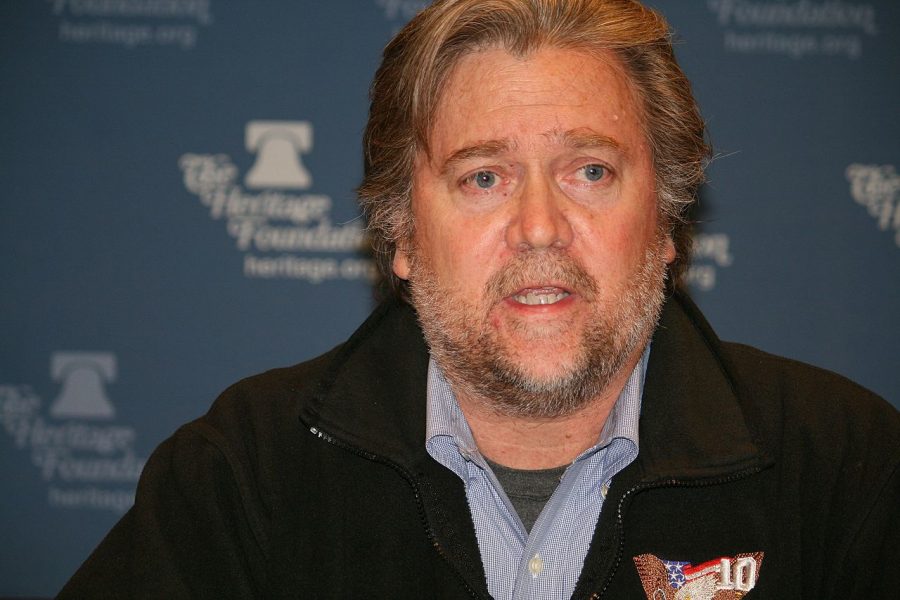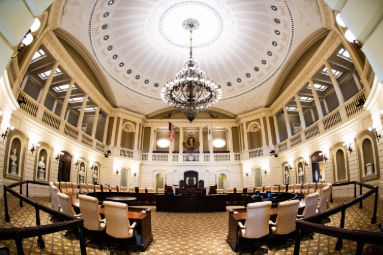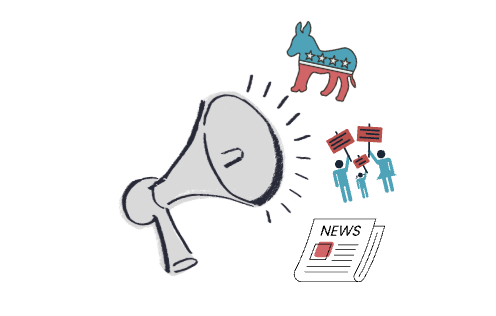CNN v. Spicer
Speaking at a conference in 2010, Steve Bannon answers questions on a panel. As President Trump’s Chief of Staff, Bannon, along with other Cabinet-level members, has been highly critical of the media’s reporting.
February 3, 2017
Among other exchanges of words, Trump’s chief strategist, Steve Bannon, hit the enemy where it lives, telling a Times reporter in an interview with their paper that they should be “absolutely ashamed and humiliated” for their reporting. Not long after, Bannon requested that the media “keep its mouth shut for a while.” The ongoing feud between the Trump Administration and the press is nothing new, but since the President’s inauguration, tensions have grown into animosities.
The relationship between the press and Trump did not change at the flip of a switch. While each side has their points of contention, Sean Spicer’s first briefing as Press Secretary proved to provoke some open wounds. To the world’s surprise, Spicer’s first message to the press as he stood at the briefing podium would be a lecture on their reporting. The message was clear: the Trump Administration felt that the media’s portrayal of the President’s inauguration was unfair. Spicer, almost yelling at times, accused the press of intentionally downplaying the crowd-size of the inauguration. Before his digression concluded, Spicer claimed that the inaugural crowd was historically high, but failed to cite any evidence. When he left the podium, he took no questions.
As one might suspect, White House correspondents were less than happy with Spicer’s remarks. Journalists took to the internet to voice their grievances, and less formally, poked fun at the new Press Secretary’s oversized suit. Soon enough, Sean Spicer was trending on Facebook and Twitter. “I can see why the journalists were upset,” said junior Kendall Hart, “but each side holds a certain amount of responsibility for the relationship.” The primary concern coming from major news agencies was the inaccuracy of Spicer’s claim that the inaugural crowd was the “largest audience to ever witness an inauguration, period.” Considering it was Spicer’s first encounter with the press, many agencies argue that they cannot trust the Press Secretary any longer, as it is his moral obligation to be governed by objective truths. In addition, agencies saw Spicer’s temperament as inappropriate and unprofessional. Since the first briefing on January 21, Sean Spicer has yet to issue a formal apology.
As of January 31, the White House has chosen to indefinitely ice out the administration’s “opposition party” known as CNN. The White House refuses to send their spokespeople and surrogates onto CNN broadcasts, depriving the agency of on-air administration voices. This is not the White House’s first encounter of this nature with CNN; before Trump took the Oath of Office, he refused to accept questions from CNN correspondent Jim Acosta, calling him and his agency “fake news.”
With the press under attack, their ratings are subsequently suffering, making a direct form of communication, like Twitter, a more appealing option for President Trump.











